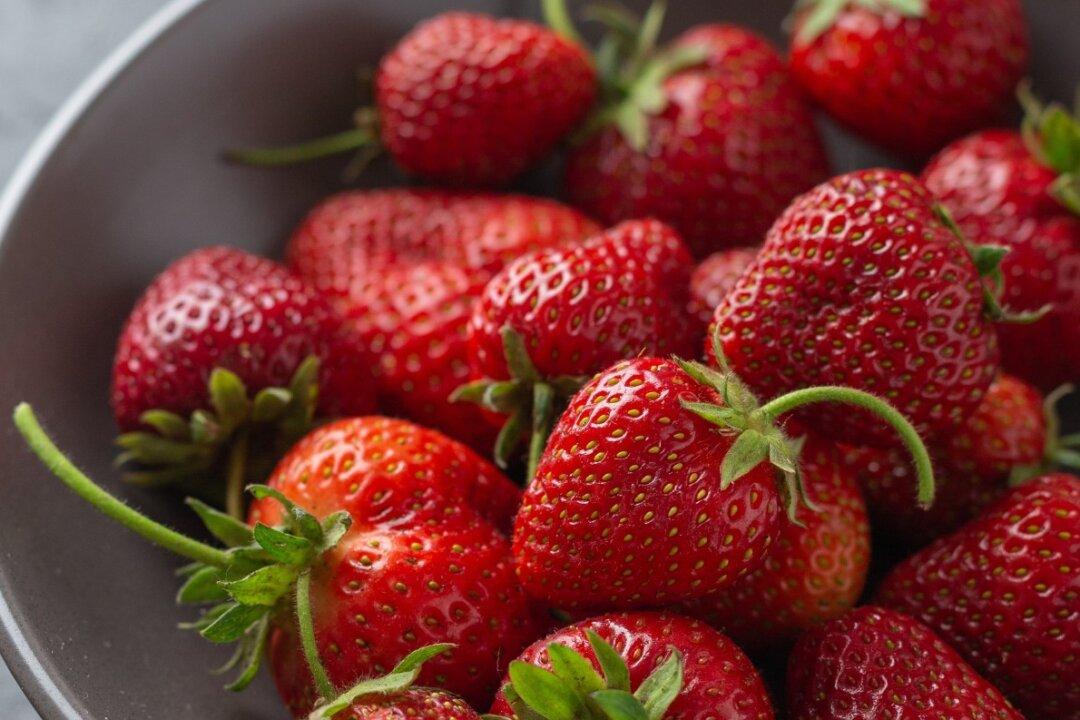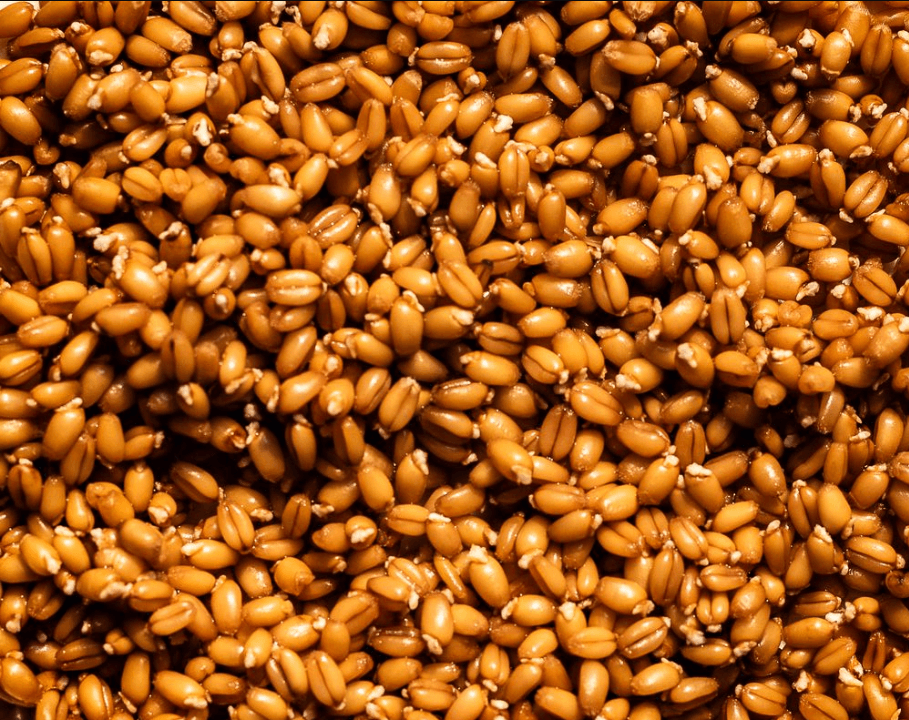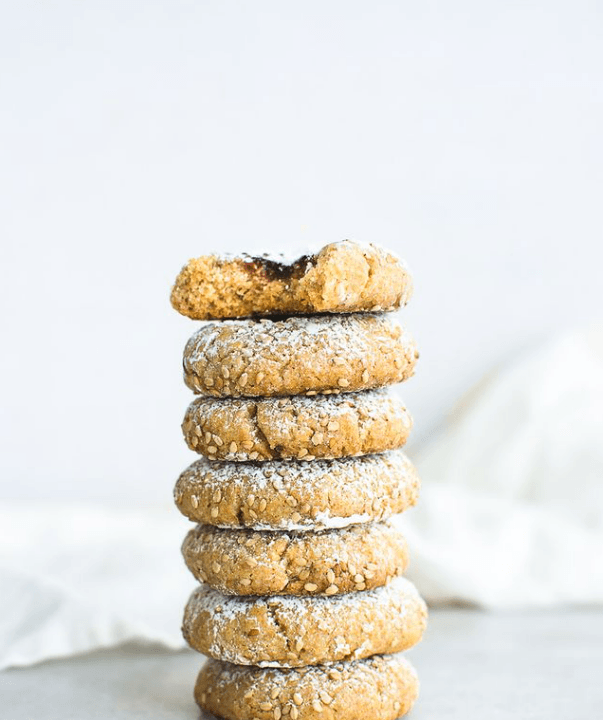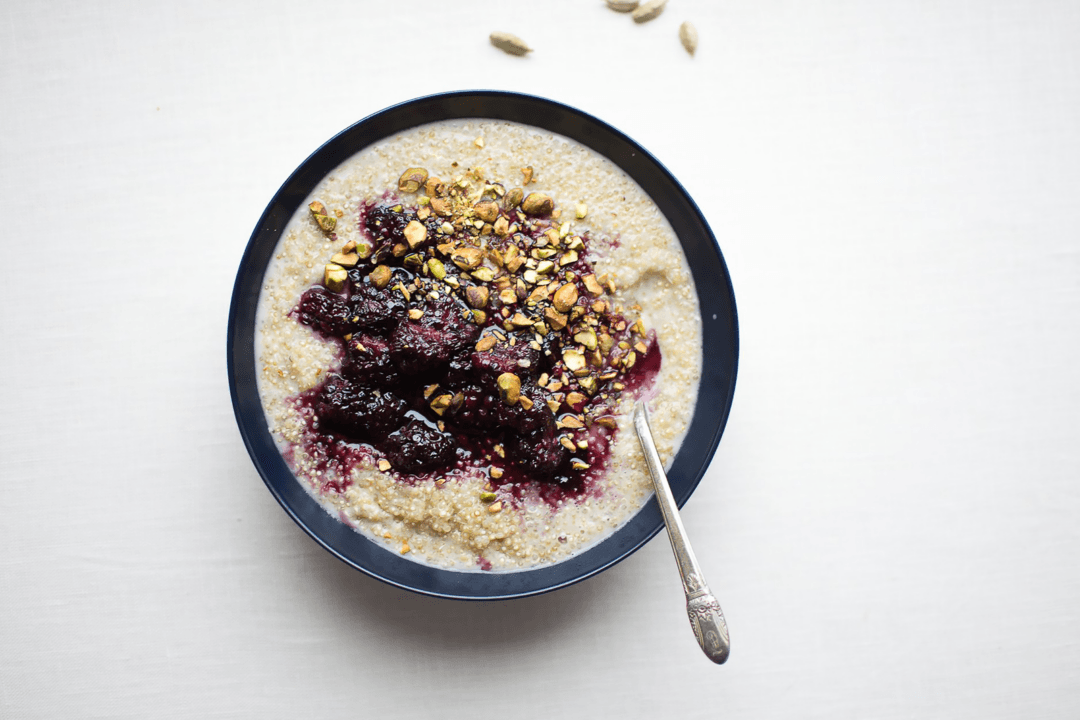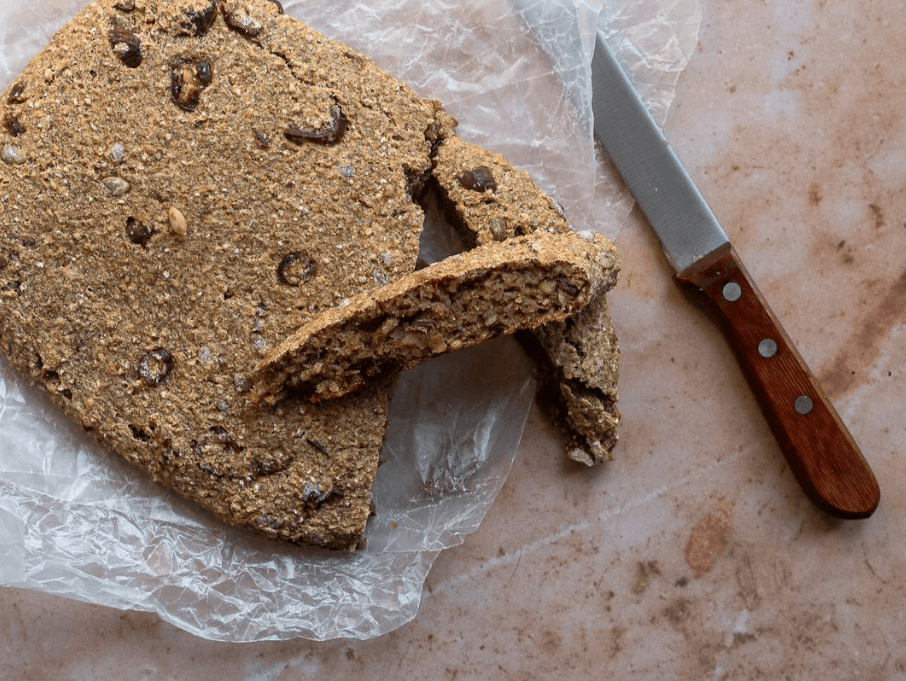Doubtlessly, you know that summer begins on June 21. It’s the summer solstice and the longest day of the year, after all. But the beginning of summer hasn’t always been so cut and dry. Rather, according to the old European folk calendar, it begins a full six weeks earlier on May 1.
The days are warmer, the sun shines for just a bit longer, and the first of summer’s harvest arrives, usually in the form of plump red strawberries. These little berries played an integral role in May festivities that welcomed summer. You’d find bowls filled with fresh cream and strawberries, infused wines, and so much more.

